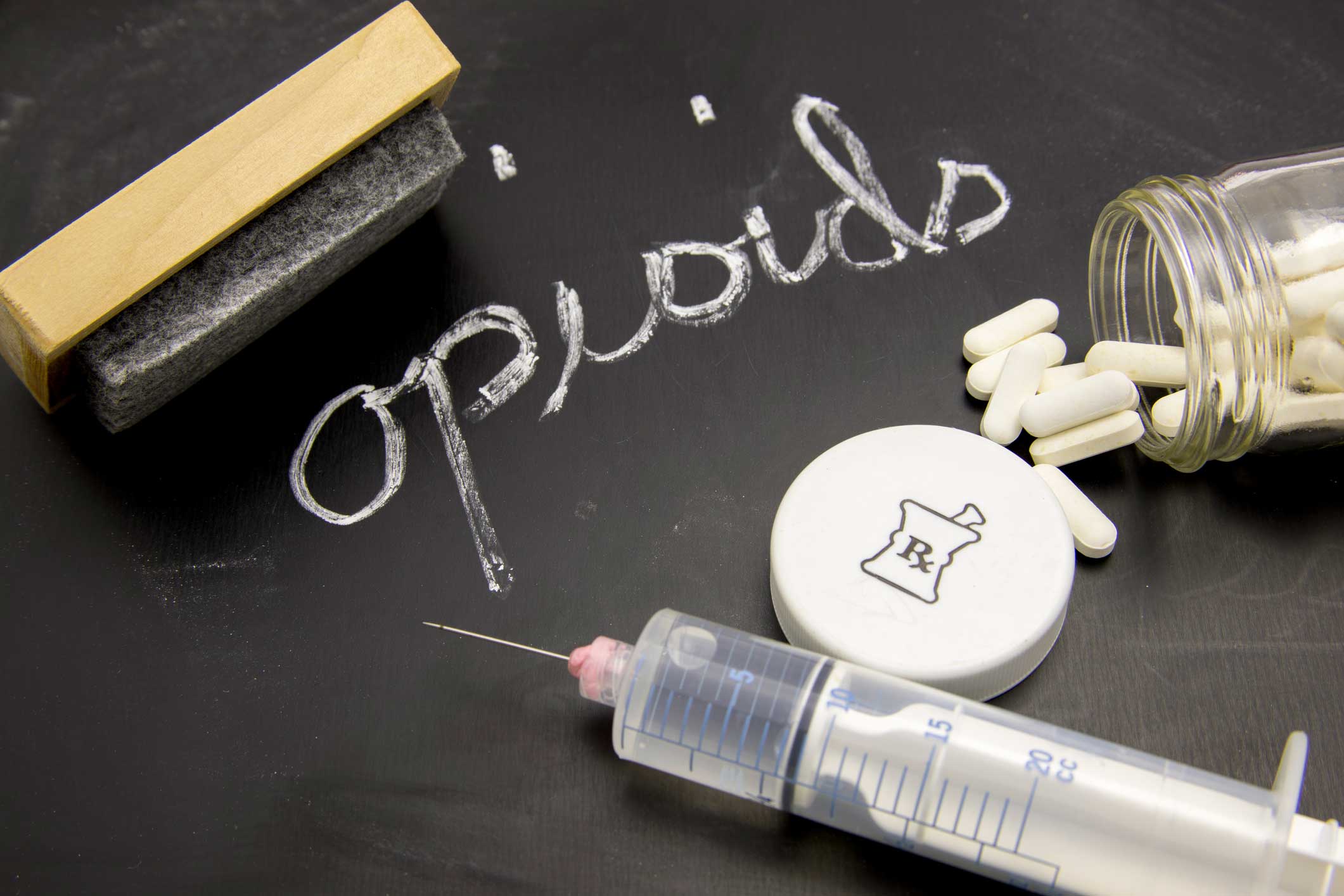<< Back
These Three Medications Are the Best Way To Fight Opioid Epidemic

July 15, 2019
Fentanyl, the super-potent synthetic opioid that dealers and distributors have introduced into the illicit drug stream, has complicated efforts nationwide to prevent opioid-overdose deaths.
Fentanyl, inexpensive to manufacture in “basement labs,” is being added to opioids and cocaine to stretch supplies and boost the highs, according to Dr. J. Craig Allen, medical director of Rushford and vice president of addiction services for Hartford HealthCare’s Behavioral Health Network. About 30 to 50 times more powerful than heroin, fentanyl “increases the addiction potential, resulting in more people becoming addicted in shorter periods of time. The business model is incredibly lucrative,” he said.
Fentanyl has also led to increased deaths. In just one 15-hour period in early June, five men died in Hartford after using a mixture of cocaine and fentanyl. In Connecticut last year, 75 percent of the 1,017 opioid-related deaths involved fentanyl. In 2012, just 4 percent were fentanyl-related.
“The high-potency, increased addiction potential and compelling business proposition drive dealers to use fentanyl and its analogues in heroin, cocaine and even marijuana,” Dr. Allen said. “The belief is that, at times, people are using these drugs without knowing fentanyl is present. The lethal dose of fentanyl can be as little as a 0.25 milligrams. Visually, imagine a baby aspirin, which is 81 milligrams. A small chip, 1/324 that pill, could be fatal.”
Gov. Ned Lamont recently signed a bill into law to stiffen the penalties for selling illegal fentanyl, but Dr. Allen is concerned the problem will get worse before it gets better. He said the best approach continues to be treatment with one of the medications approved by the Food and Drug Administration for Opioid Use Disorder. Use of one of the three medications – buprenorphine (Suboxone), methadone or naltrexone extended release — can cut the risk of overdose death by more than 50 percent.
“Methadone must be obtained from a licensed opioid treatment program or methadone dispensary and, initially, be administered on site six to seven days a week,” he said. “Unlike methadone, buprenorphine-based medications can be prescribed in a doctor’s office and the prescription filled like any other medication at a community pharmacy. This makes the treatment much more accessible.”
Hartford HealthCare’s Medication Assisted Treatment Close to Home (MATCH) program connects people who have overdosed on opioids with treatment that can begin in any of the system’s emergency rooms and continue on an outpatient basis.
“We are also starting to use telehealth video visits to further enhance access to care for patients,” Dr. Allen said. “If there is not a doctor at a nearby satellite site on a given day, a patient can see a prescriber located at one of our anchor facilities via telehealth.
“It is essential to make accessibility to naloxone a priority, as we have been doing at Hartford HealthCare through our emergency departments and community-based treatment programs.”
Such harm-reduction strategies, he stressed, are still effective even when opioids are laced with fentanyl-type street drugs.
For more information on MATCH at Hartford HealthCare, click here.